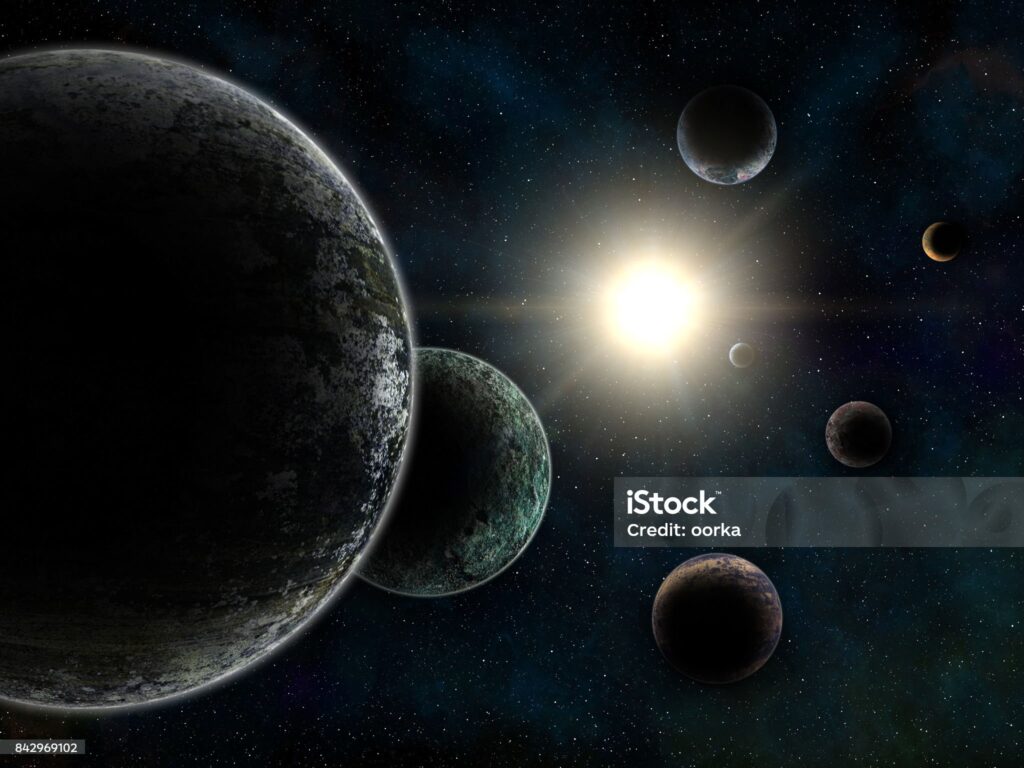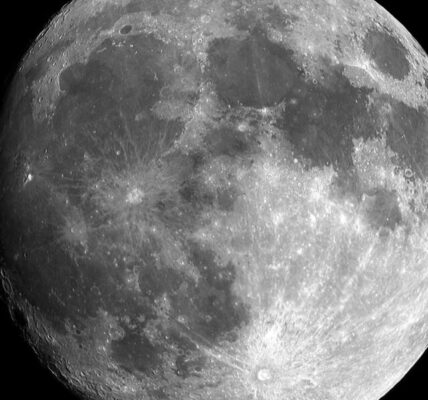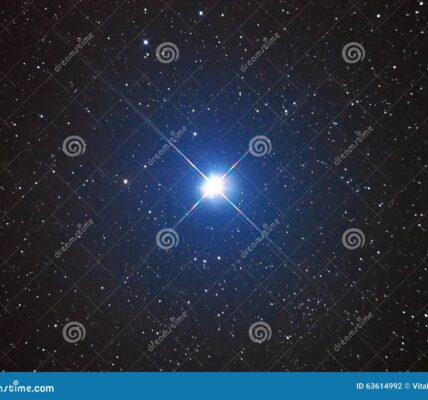Earliest Evidence of Planet Formation has been discovered around a young star, offering a rare view of how solar systems like ours begin. Learn how rocky planets form in the universe.

© European Southern Observatory, AP
Earliest Evidence of Planet Formation Captured Around a Baby Star
In an incredible scientific breakthrough, astronomers have observed the earliest evidence of planet formation around a very young, sun-like star. This discovery gives us a rare chance to see how solar systems like our own might have started. It’s the first time scientists have directly witnessed the earliest building blocks of planets coming together.
A Young Star Called HOPS-315
This young star is only about 100,000 to 200,000 years old, making it a newborn in the cosmic timeline. It’s still in the process of forming into a yellow dwarf star, just like our Sun.
This disk is the place where planets are born. Scientists have long believed this process happens, but until now, they hadn’t seen such a clear example of it at this very early stage.
Seeing Planet Birth for the First Time
Using powerful space and ground-based telescopes, scientists were able to peer into this dusty disk. A fortunate tilt of the star toward Earth gave researchers a clear line of sight into the inner part of the gas disk—something that’s usually hidden.
What they found was truly exciting: tiny solid materials starting to form inside the disk. These are thought to be the first solid bits that eventually grow into rocky planets. According to scientists, this is the earliest evidence of planet formation ever recorded.
Key Ingredients for Rocky Planets
These are important because they are the same kinds of materials believed to have formed rocky planets like Earth in our own solar system more than 4.5 billion years ago.
The discovery happened in a region of the disk that matches the area in our solar system known as the asteroid belt, located between Mars and Jupiter. This part of the solar system holds leftover pieces from planet formation and offers clues about the early days of Earth and its neighboring planets.
Why This Discovery Matters
For years, scientists have studied the outer regions of young gas disks or looked at older disks where planets might already be forming. But this time, researchers have caught the process at its very beginning. That’s what makes this the earliest evidence of planet formation ever seen.
Dr. Melissa McClure, the lead scientist on the project from the Netherlands’ Leiden Observatory, said this is the first time anyone has directly observed the moment rocky planets begin to form. “We now know that the earliest stages of building planets like Earth are already happening in these young systems,” she explained.
How the Discovery Was Made
This scientific milestone was possible thanks to the combined efforts of several top observatories. NASA’s James Webb Space Telescope (JWST) and the European Southern Observatory (ESO) in Chile worked together to observe HOPS-315 using both infrared and radio wavelengths.
Their combined tools allowed astronomers to detect both the structure of the gas disk and the chemical ingredients inside it. It’s this detailed view that made it possible to spot the earliest evidence of planet formation.
A Peek Into the Past of Our Solar System
One of the most exciting parts of this discovery is how it connects to our own origins. By looking at this baby star, scientists believe they are watching something very similar to what happened in our solar system billions of years ago.
The materials found around HOPS-315 are nearly identical to those believed to be in the early solar system. That means the process of planet formation might be common across the universe—not just something that happened here on Earth.
Could There Be Other Earths Out There?
This discovery opens up the possibility that Earth-like planets may form in many other star systems, not just our own. According to scientists, if these early building blocks are found around other baby stars, it would suggest that forming rocky planets is a regular part of how stars and their systems evolve.
Dr. Merel van ’t Hoff from Purdue University, one of the researchers involved, says this finding could help answer one of the biggest questions in science: Are Earth-like planets common in the universe, or is our planet truly one of a kind?
How Many Planets Might Form Around HOPS-315?
While it’s too early to say exactly how many planets will form around this star, researchers think it has enough material in its gas disk to build a full system—maybe even with as many planets as our own.
Because this is just the beginning stage, it may take millions of years before those planets fully form. But what scientists are seeing now is clear proof that the process is underway. It’s the clearest and earliest evidence of planet formation ever detected.
What’s Next for Astronomy?
Astronomers now plan to look at more young stars to see if the same types of materials and processes appear there too. If they do, it would support the idea that planet formation—especially of rocky, Earth-like planets—is a common event across the galaxy.
As telescopes continue to improve, especially with future missions like the Nancy Grace Roman Space Telescope, scientists expect to find even more young stars going through these early stages of planet birth.
Conclusion: A Window Into the Beginning of Worlds
The earliest evidence of planet formation around HOPS-315 has given scientists a real-time view of how planets like Earth come to be. For the first time, we’re not just guessing or relying on theories—we’re actually watching it happen.
This discovery not only helps us understand our own origins but also brings us closer to answering a much bigger question: Are we alone in the universe?
Related:
Black Hole Bounce Cosmology: 4 Astonishing Breakthroughs




